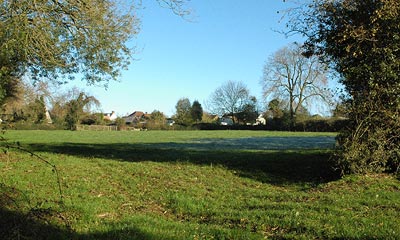The Barker Review - Report Summary
The UK has experienced a long-term upward trend in real house prices creating problems of affordability. Housing supply has become almost totally unresponsive, so as prices have risen, the supply of houses has not increased at all. House building in 2001 was at it’s lowest since the second world war.
Rectifying the problem
To bring the real price trend in line with the European Union an extra 120,000 private sector houses per annum might be required. Increased land supply will allow increased levels of house building - a key factor underlying the lack of housing supply and responsiveness is an inadequate supply of developable land.
Utilising Greenbelt land
Additional house building is likely to mean using more undeveloped land. At the present time in England 36 per cent of land is protected from development. In the South East this figure is even higher at nearly 60 per cent.

While development on accessible open land (such as urban parks and fields with rights of way) would result in a high cost to society, building on other types of land, such as intensively farmed land, with a lower social value would not.
More greenfield and brownfield land will need to be released or made viable for development, if housing supply is to increase. Up to 11% of brownfield land in the UK is within greenbelt designations. Greenbelt policy was introduced primarily to prevent urban sprawl and it is not a designation solely to preserve beautiful and highly valued countryside.
In some areas not enough land is allocated for development and the rate of land release is not responsive to market conditions and rising house prices.
Recommended changes to the planning system
Policies requiring Local Authorities to release land for development in an order of preference, prioritising brownfield sites were being over interpreted by some Local Authorities to the detriment of housing being delivered.
Changes must take place to the decision-making processes governing the allocation and release of land at the local level:
- Planning authorities should show greater flexibility in using their existing powers to change greenbelt designations where there are strong pressure points in a particular urban area.
- Local plans should be more realistic in their initial land allocation of land, and more flexible in bringing forward additional land for development.
- Local authorities should allocate a further buffer of land to improve their plan’s responsiveness to changes in demand.
« Previous Article - Next Article »
Nov 2004
